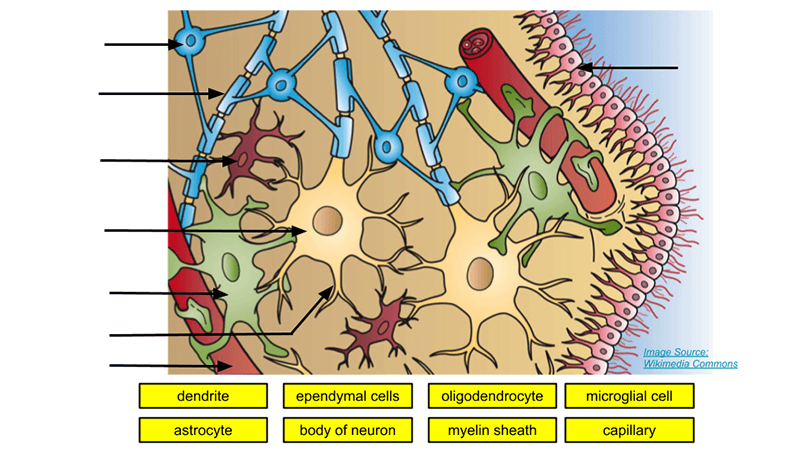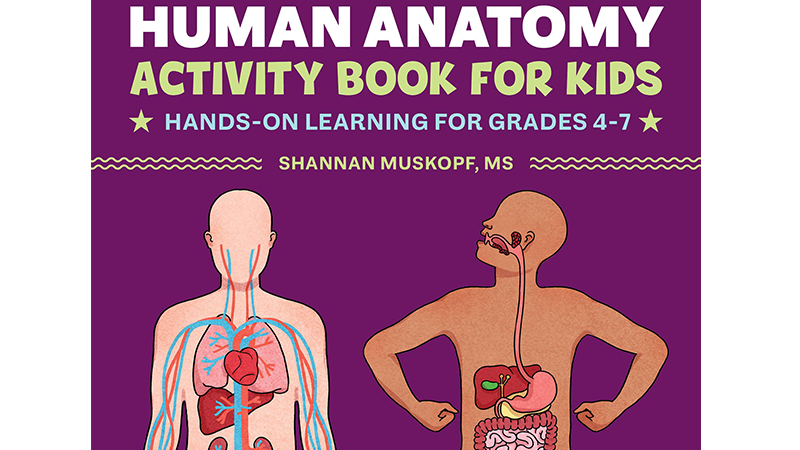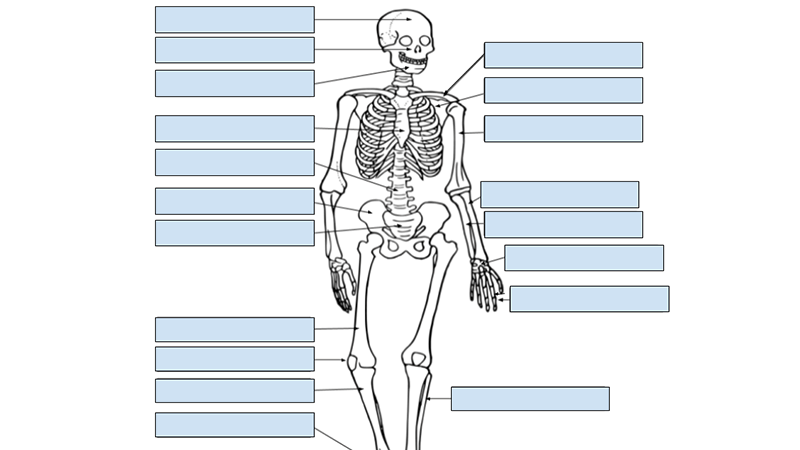Tag: anatomy
-
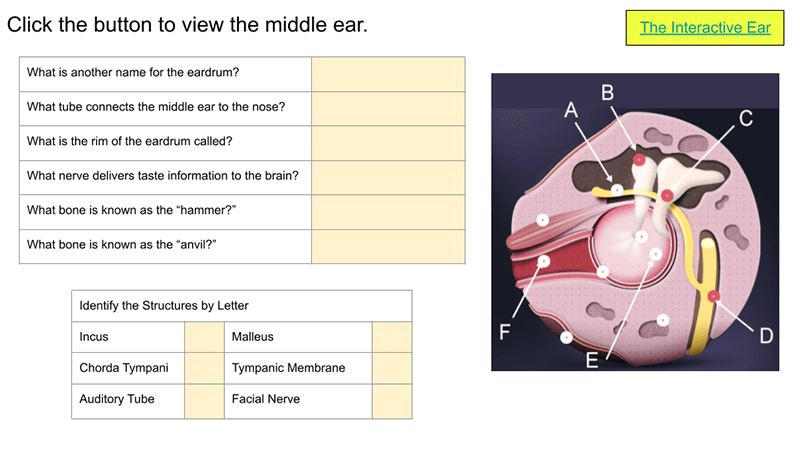
Learn the Anatomy of the Ear
In this activity, students learn about the ear by exploring google slides and going to an interactive site that explores how the ear works. Students use a simulation called “The Interactive Ear” which guides them though the outer, middle, and inner ear while explaining what each structure does. Students click through the virtual ear to…
-
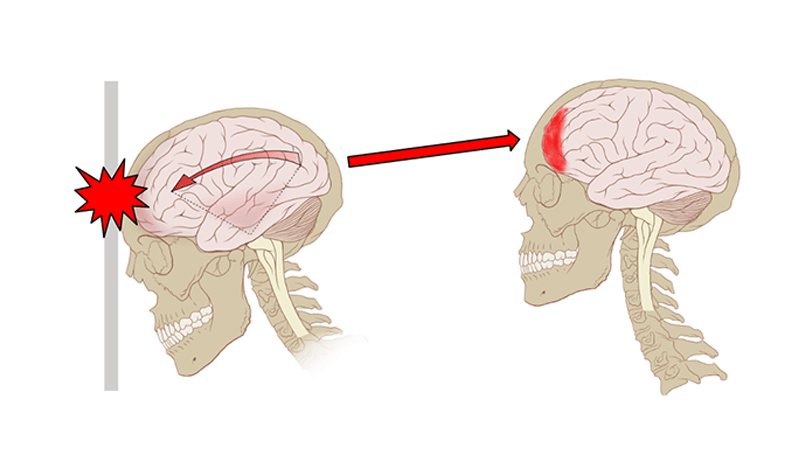
Investigation: Concussions
This investigation is completed by watching videos and analyzing data on concussions. Students first watch a Ted-Ed video on what happens when you have a concussion. The digital handout contains questions from the video. Students then visit neuroanatomy.ca where they view coronal brain slices. Then they label an image and compare a normal brain versus…
-
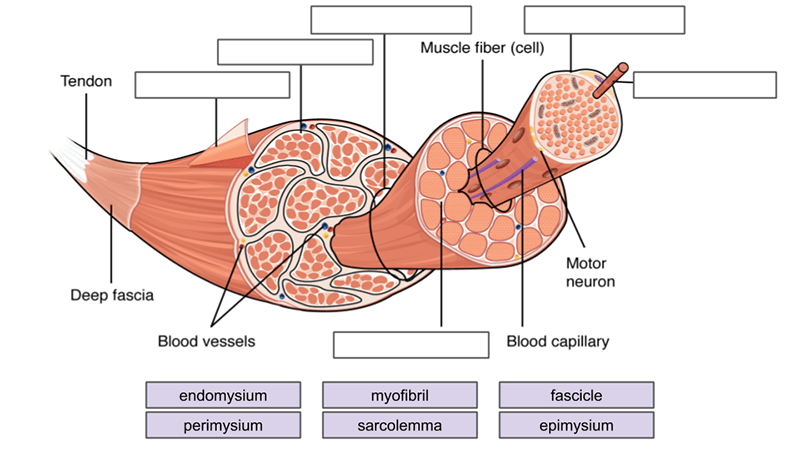
Muscles Labeling
This activity is aligned to my anatomy and physiology curriculum where students study the structure and function of muscle tissues. This has been a challenging topic to cover remotely because I can’t use traditional models. Typically, I would use straws and rubber bands to model fascicles and myofibrils. This activity is part of a unit…
-
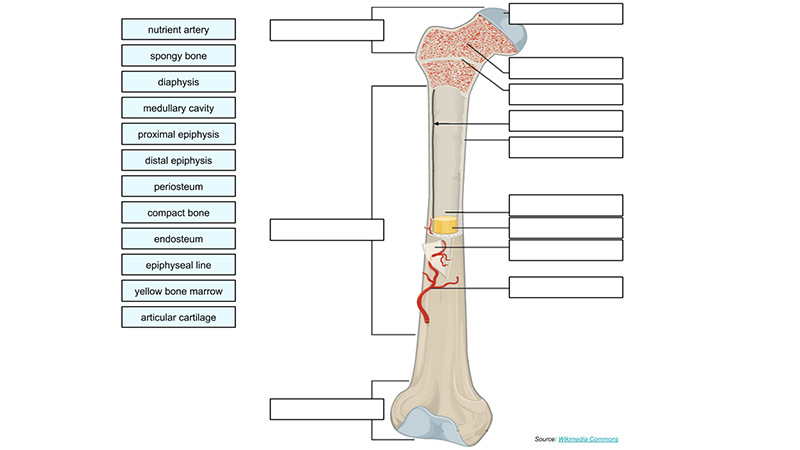
Label a Long Bone – Google Slides
Anatomy students in traditional classes practice labeling the bone on paper or even doing a coloring activity to help them learn the parts of the bone. Students complete this activity on their Chromebooks, reducing the need for paper. This labeling is simply a drag and drop exercise that students can complete directly in Google Slides.…
-
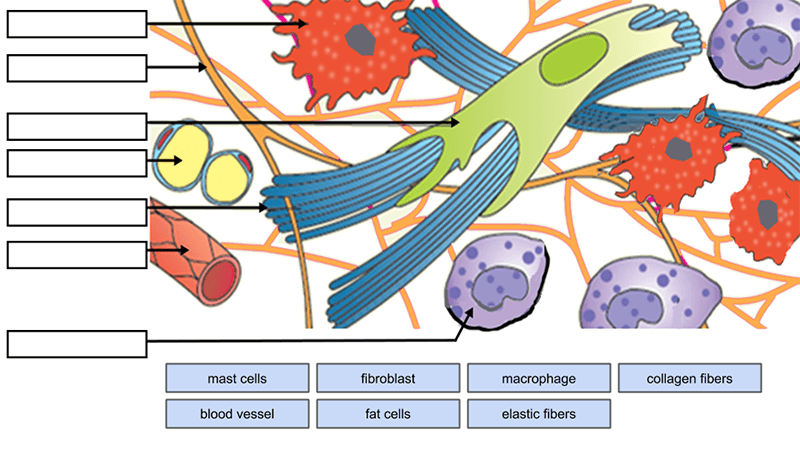
Body Tissues Review
This remote learning exercise was made for anatomy students studying body tissues. The review uses Google slides for students to drag labels to the different types of epithelial cells and label the connective tissue matrix. Another slide has photos of tissue for students to identify which is the epithelial, connective, nervous, and muscle tissue. Fun…
-
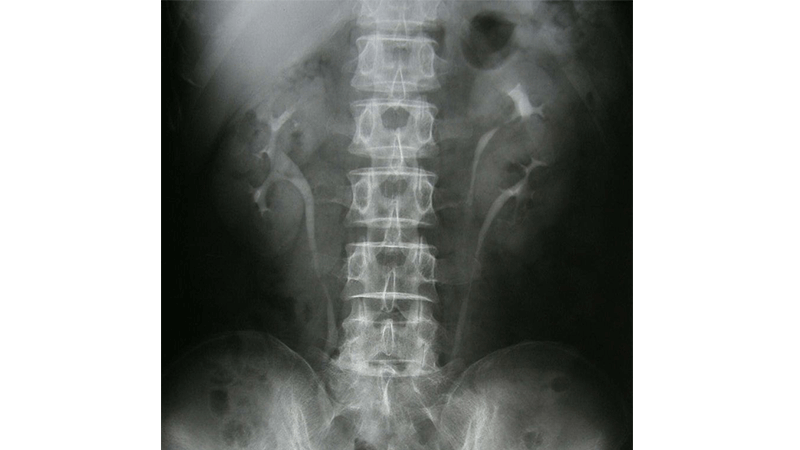
Case Study: Diaper Drama
A case study on the urinary system. Students learn about a baby with recurring urinary tract infections due to a duplicate ureter.
-
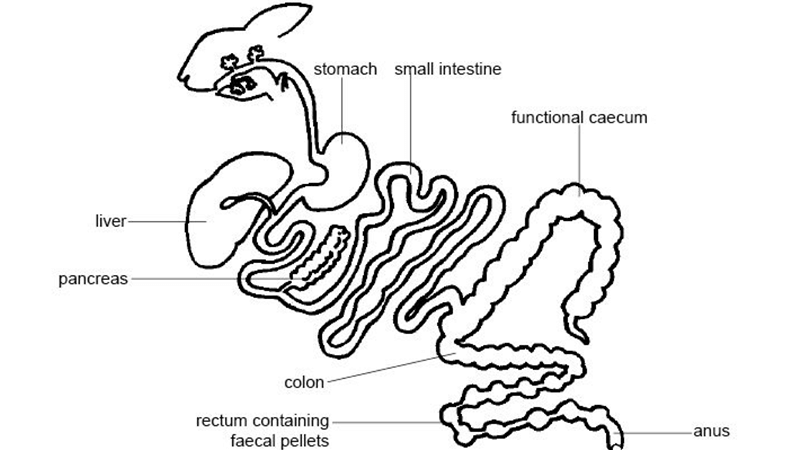
Label the Digestive System of a Rabbit
Students in biology may or may not do extensive dissections, but most biology classes do include a unit on comparative anatomy. Many teachers substitute dissections with virtual labs or paper versions of dissections where students label, color, or cut out parts. This worksheet shows a simplified diagram of a human and a rabbit digestive system…
-
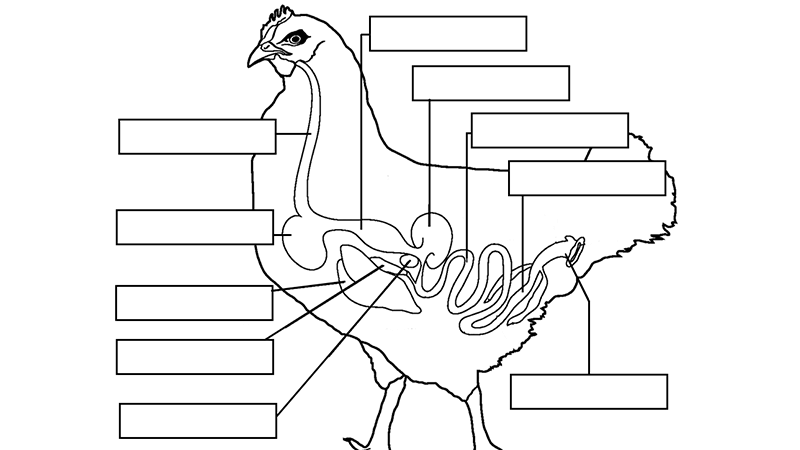
Bird Digestive System
This worksheet provides an image of a chicken focused on the digestive system as part of an overall unit on comparative anatomy. Students label the major organs of the system which are similar to the human and frog. The chicken does have some digestive system adaptations , such as a crop, proventriculus, and gizzard, which…
-
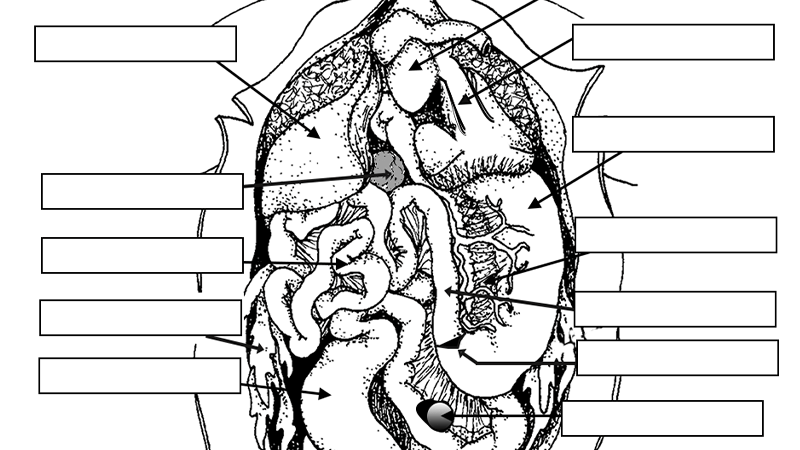
Frog Anatomy Label
This worksheet is a supplement to the frog dissection activity where students examine a preserved specimen. The main structures of the abdominal cavity are shown on this image and students practice identifying them using the included word bank. ( The worksheet could be modified to not include it should students need a greater challenge. )…
-
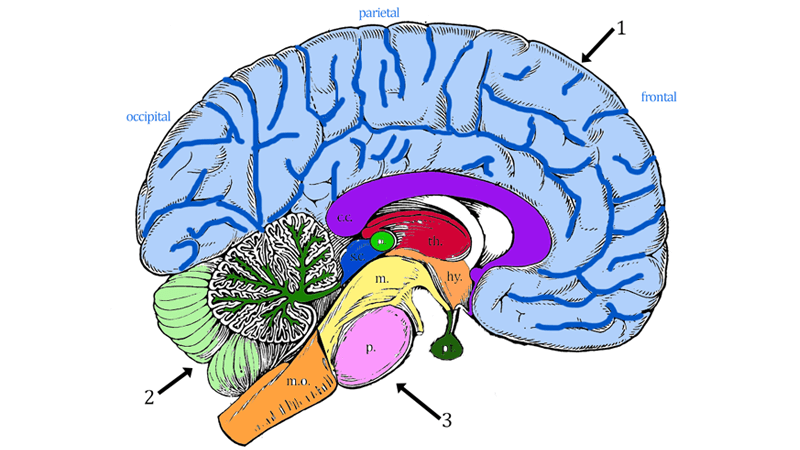
Brain Anatomy (Coloring)
Students learn brain structures and their functions by reading short descriptions and coloring an image. The description are organized into three main areas of the brain: cerebrum, cerebellum, and brain stem. The brain stem also includes structures of the diencephalon (thalamus and hypothalamus). In addition to coloring the image according to the directions, students identify…
-
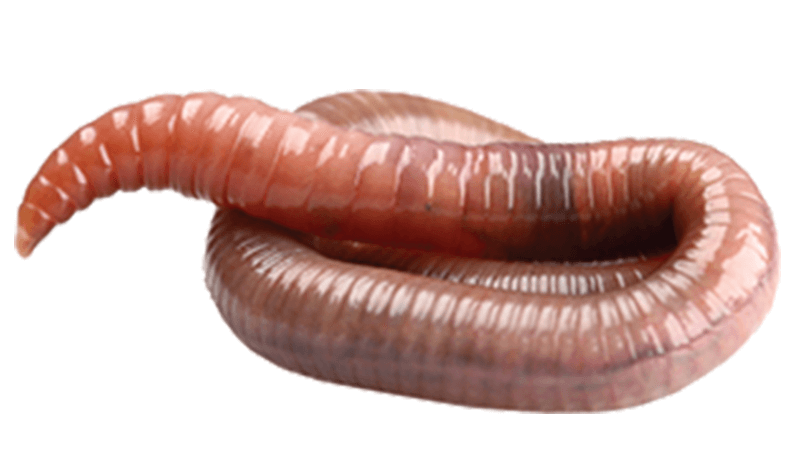
Investigation: Earthworm
This earthworm lab is a revised version of the observation lab that I have used for years. I wanted to make the lab more open-ended and include terminology within the lab instead of expecting them to know it from their notes or textbooks. Taxonomy chapters on annelids and other invertebrates are being phased out, and…
-

Label and Color the Urinary System
This simple worksheet asks students to label the major structures of the urinary system. They can also choose to color the diagram. I use coloring sheets in anatomy and physiology classes but this could also be used in biology or as a supplemental graphic for a frog or fetal pig dissection. Though many of my…


